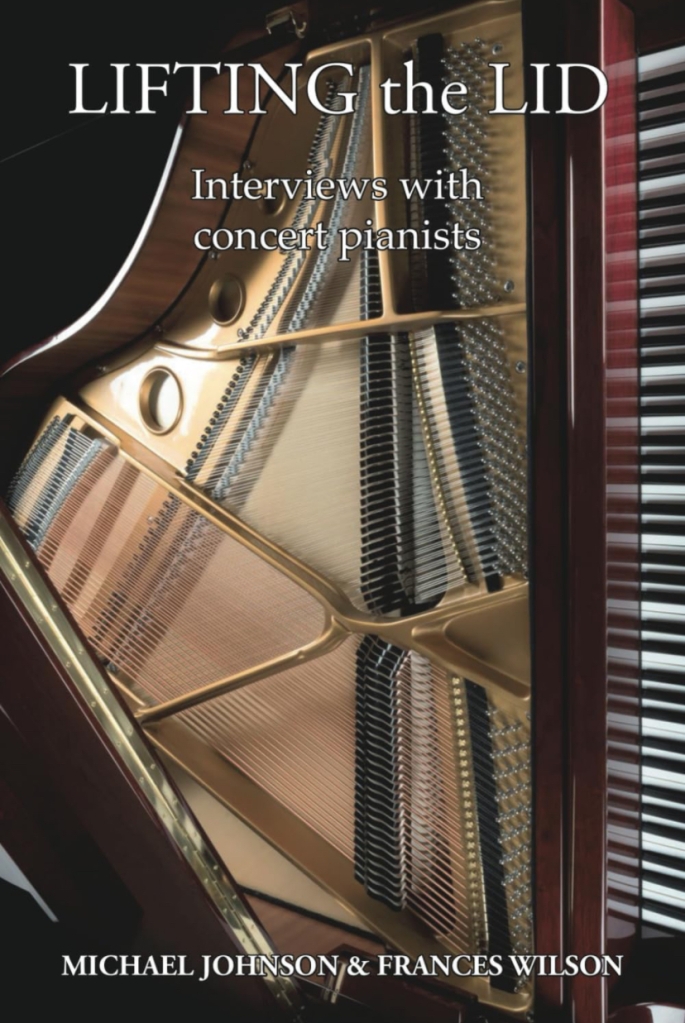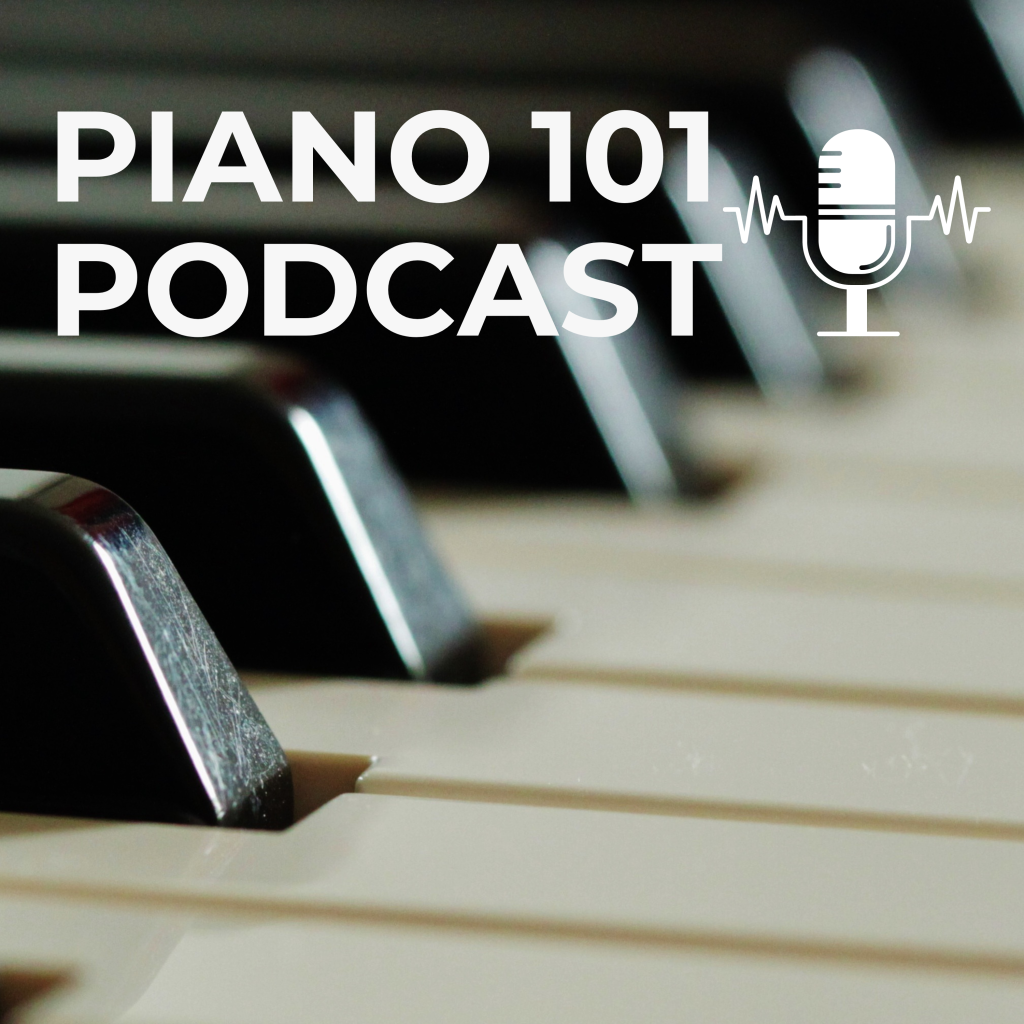
Ukrainian-born pianist Valentina Lisitsa first performed at London’s Wigmore Hall in late 2007. Since then, she has gone on to achieve an almost cult following on YouTube, due in no small part to her selfless posting of videos of her practice sessions, usually the most private and personal preserve of the musician’s working life. I suspect that these glimpses into her daily musical routines have endeared her to her followers, proving that she, like the rest of us, has to work hard for her art. Clearly adept at harnessing the relatively new medium of YouTube and its associated social networking applications, she has enjoyed a cool 70 million clicks on her videos together with concerts at The Yellow Lounge, a neat concept established in Berlin in 2006 to bring classical music to a much younger audience by holding concerts in nightclubs.
I admit to being slightly wary of anything or anyone that is labelled “a sensation” or “must see/hear” (ditto “iconic” – a word which should probably be banned from all publicity material and reviews of musicians, books and art exhibitions!). However, I was curious to hear Valentina Lisitsa in concert as I had read largely positive things about her live performances, so I went to hear her at Wigmore Hall on Monday lunchtime with ears and mind very much open and receptive.
Ms Lisitsa is tall and slender, with long blonde hair, her lissome frame accentuated by a simple black gown and spindly stiletto sandals. Her stage presence is modest, demure almost: there are no flamboyant gestures or crowd-pleasing piano pyrotechnics beyond those technical theatrics necessarily for the music and when she plays she seems entirely focussed on the task in hand. For her lunchtime programme she presented two very well-known and highly dramatic sonatas – Beethoven’s ‘Tempest’ and the craggy, Herculean Liszt B-minor, serious fare indeed.
The opening arpeggio of the Beethoven seemed unnecessarily elongated, so that its natural drama threatened to veer into the realms of cliché. However, taken with the explosive agitated first subject, when this motif reappeared, once again over-stretched, the effect was mysterious and convincing. A slow movement of beguiling warmth and tenderness prefaced an elegantly-turned finale, its tempo sufficiently reined in to allow us to enjoy Beethoven’s expression and inventiveness. I heard Maurizio Pollini play the same Sonata at the Royal Festival Hall a fortnight ago, and while the Italian maestro may have offered a more probing account born of many years spent living with this music, there was much to admire in Ms Lisitsa’s performance and there was no doubting her commitment, meticulous preparation, technical fluency and attention to detail. This proved a highly engaging reading of one of Beethoven’s best-loved Sonatas.
Liszt’s B-minor Sonata is a strange creature: heard on disc it can sound sprawling and disparate, but heard live and done well, it is a staggering music edifice. (Liszt scholar Alan Walker described it as “arguably one of the greatest keyboard works … of the nineteenth century”.) It takes an intelligent and daring pianist to pull all the elements together to create a whole. Divided into defined sections, demarcated by different tempo and expression markings – in effect, “movements” – these sections flow into one another, creating a single movement of non-stop music, lasting about 30 minutes.
Ms Lisitsa’s account had the requisite power and darkness in the opening statements, the famous theme which returns throughout the work. Her transitions between the sections were sensitively nuanced, creating a continuous, coherent narrative. There were moments of great transparency of sound, lyrical cantabile playing and delicate pianissimos. Her foot may have strayed to the una corda pedal a little too often in these passages, but overall her account was authoritative, at times thrillingly precipitous in the allegro and presto sections.
Checking with Sara Mohr Pietsch, the BBC Radio Three presenter for the concert, that an encore would be “allowed”, Ms Lisitsa gave a serene performance of Liszt’s transcription of Schubert’s Ave Maria. This was followed by a coruscating Chopin Etude (Op 10, No. 12), proving that she is very much a “real pianist” and one who, by her own admission on Twitter in the hours following the concert, “here to stay”.





